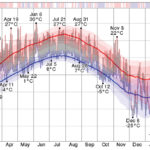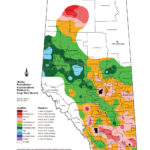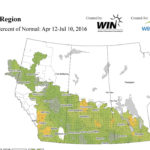
Doubt about global warming isn’t coming from scientists
It’s not hard to create doubt about sound science — the tobacco industry proved that years ago

Articles on climate change provoke some readers
Like politics and religion, global warming is a polarizing topic — but it’s one that we should discuss

The top global weather stories of 2016 had a common theme
Whether you look at temperatures, ice at the poles, air quality, or the Fort Mac fires, the evidence of a warming planet is clear

When it came to severe weather, Alberta (thankfully) was no. 2
We still had nearly twice as many ‘hail events’ as usual, but Manitoba was worse off for once

Let it snow, let it snow, let it snow, says our weather expert
Being snowed in at Christmas has many advantages, argues Daniel Bezte, but big Yuletide snowstorms are relatively rare

Will it be a typical La Niña winter on the Prairies this year?
La Niña usually brings more snow and colder temperatures, but some forecasts are painting a different picture for this year

There’s a lot of truth in many sayings about the weather
Ones that predict what’s going to happen in the next little while make a lot of sense, but long-term predictions are pretty iffy

Our heads are in the clouds
Having trouble sorting out cumulonimbus, stratocumulus, and nimbostratus? Here’s your cloud-spotting guide

Clearing up the confusion about humidity
The term ‘relative humidity’ is commonly used, but most people don’t know what it means and why it’s misleading

It’s that time of year when severe summer weather and tornadoes can form
Tornadoes have occurred in nearly all regions of Canada — here is what to look for when a severe storm is approaching


